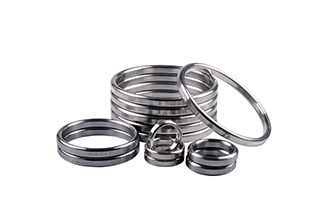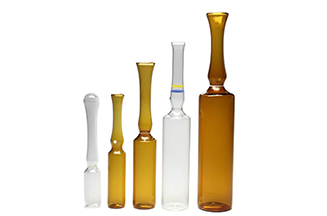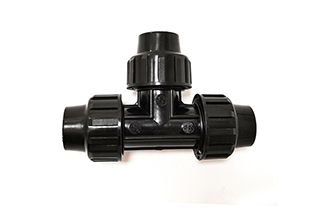Compressed asbestos, a versatile product known for its heat resistance and durability, has been used across a wide range of industries for many years. Whether it's the old roofing material in historic buildings or the brake pads in vintage cars, this material has played a significant role in various applications. In this blog post, we will explore the diverse uses of compressed asbestos products and shed light on their importance.
Compressed Asbestos in Roofing
One of the most common applications of compressed asbestos is in the roofing industry. Due to its exceptional insulation properties and flame-retardant nature, compressed asbestos has been widely used as a roofing material. Its ability to withstand high temperatures, combined with its durability and affordability, has made it a preferred choice for decades. However, it is important to note that due to health concerns associated with asbestos exposure, this material is no longer used in new roofing installations.
Compressed Asbestos in Brakes
Compressed asbestos has been a crucial component of brake systems in vehicles for many years. Its heat resistance and ability to dissipate heat quickly made it an ideal material for brake pads and linings. The high friction properties of compressed asbestos allowed for reliable stopping power, even under extreme conditions. However, as the health risks associated with asbestos became evident, manufacturers phased out its use in brake systems, replacing it with safer alternatives.
Compressed Asbestos in Construction
Compressed asbestos has been widely used in the construction industry, particularly in the past. It was commonly found in ceiling tiles, insulation boards, and pipe insulation due to its fire resistance and insulating properties. However, with an increased awareness of the health risks, its use in construction products has significantly declined. Asbestos-containing materials are now considered hazardous, and strict regulations govern their removal and disposal.
Historical Significance
While the use of compressed asbestos products has diminished due to health risks, it is important to recognize their historical significance. Many historic buildings still contain roofing materials made with compressed asbestos. These buildings serve as a reminder of the innovative applications of this material and the advancements made in construction and manufacturing during the time. Preservation and proper management of these structures are essential to ensure the safety of occupants and prevent exposure to asbestos fibers.
In conclusion, compressed asbestos products have been widely used in various industries, including roofing, brakes, and construction. While the health risks associated with asbestos exposure have led to its phased-out use in modern applications, it is worth acknowledging the historical significance of this material. Asbestos-containing materials require careful handling and proper disposal to prevent any health hazards. Moving forward, it is imperative for industries to prioritize the development and use of safer alternatives to ensure the safety of workers and consumers alike.




